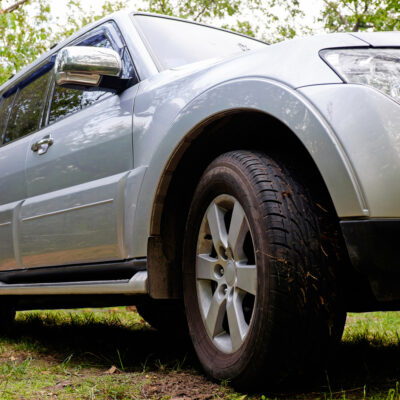
Treatment and Prevention of Lyme Disease
The bacteria Borrelia burgdorferi and Borrelia mayonii are known to be the cause of lyme disease in the United States whereas it is caused by borrelia afzelii and borrelia garinii in Europe and Asia. This bacteria, when transmitted to humans from an infected black-legged tick, more commonly deer tick through a bite, lead to the condition. Lyme disease prevention is the best possible method to avoid its impact. Taking precautions beforehand and avoiding areas like grasslands and woods that are known to be tick-infested are essential for lyme disease prevention.
1. Stages of lyme infection
The 3 stages of lyme disease include:
- Early localized Lyme
- Early disseminated Lyme
- Late disseminated Lyme
Core symptoms of post-treatment of lyme disease are muscle or joint pain, brief mental confusion, short term memory loss, and fatigue.
- Early-stage infection
The infection in this stage can be treated with antibiotics. The time period of use of medication can range from 10 days to 3 weeks. It is seen that about 90 percent of cases have shown the infection to be cured with antibiotics. If not, other antibiotics are prescribed which can be administered either orally or through an IV. Individuals with particular neurological or cardiac illness may need IV treatment with penicillin or ceftriaxone antibiotics. - Early disseminated lyme disease
For early disseminated lyme disease, when the patient shows signs of facial palsy and abnormal heart rhythm, oral antibiotics are suggested. For serious heart issues, swelling of the brain lining and spine and meningitis, IV antibiotics are suggested. - Late disseminated lyme
In late disseminated lyme, both IV and oral antibiotics are given. For patients with signs of arthritis, the standard treatment of arthritis is given.
2. Treatment of lyme disease
Antibiotics are the sole treatment and proven methods to cure lyme disease.
3. Post-treatment Lyme disease syndrome
For post-treatment lyme disease syndrome, no treatment is known and only a few people have exhibited signs signifying the probable need for treatment.
4. How can lyme disease be prevented?
Lyme disease prevention can be done by taking some measures such as:
- Wearing socks and full pants when in lots of greenery and woods.
- Applying or spraying a tick repellent.
- Using clothing that has lemon oil, DEET or eucalyptus
- Using insecticide chemical on clothes
- Showering after coming from outdoors
- Washing ticks off the skin and hair
- Drying clothes and other gear in a hot dryer to kill any remaining pests.
Lyme disease prevention can also be done by removing the tick immediately after coming from outdoors. One can look for them carefully and after removing them, put them on a tape and flush them in a toilet.
It can also be prevented by early diagnosis of the condition through tests such as:
- Enzyme-linked immunosorbent assay (ELISA) test
- Western blot test
In case the ticks haven’t been caught early or one suspects the chances of being infected, it is crucial to seek medical help immediately.


